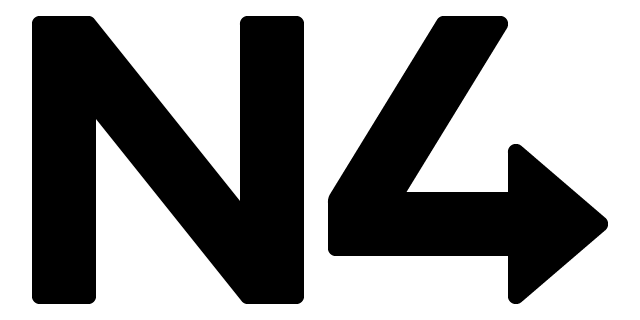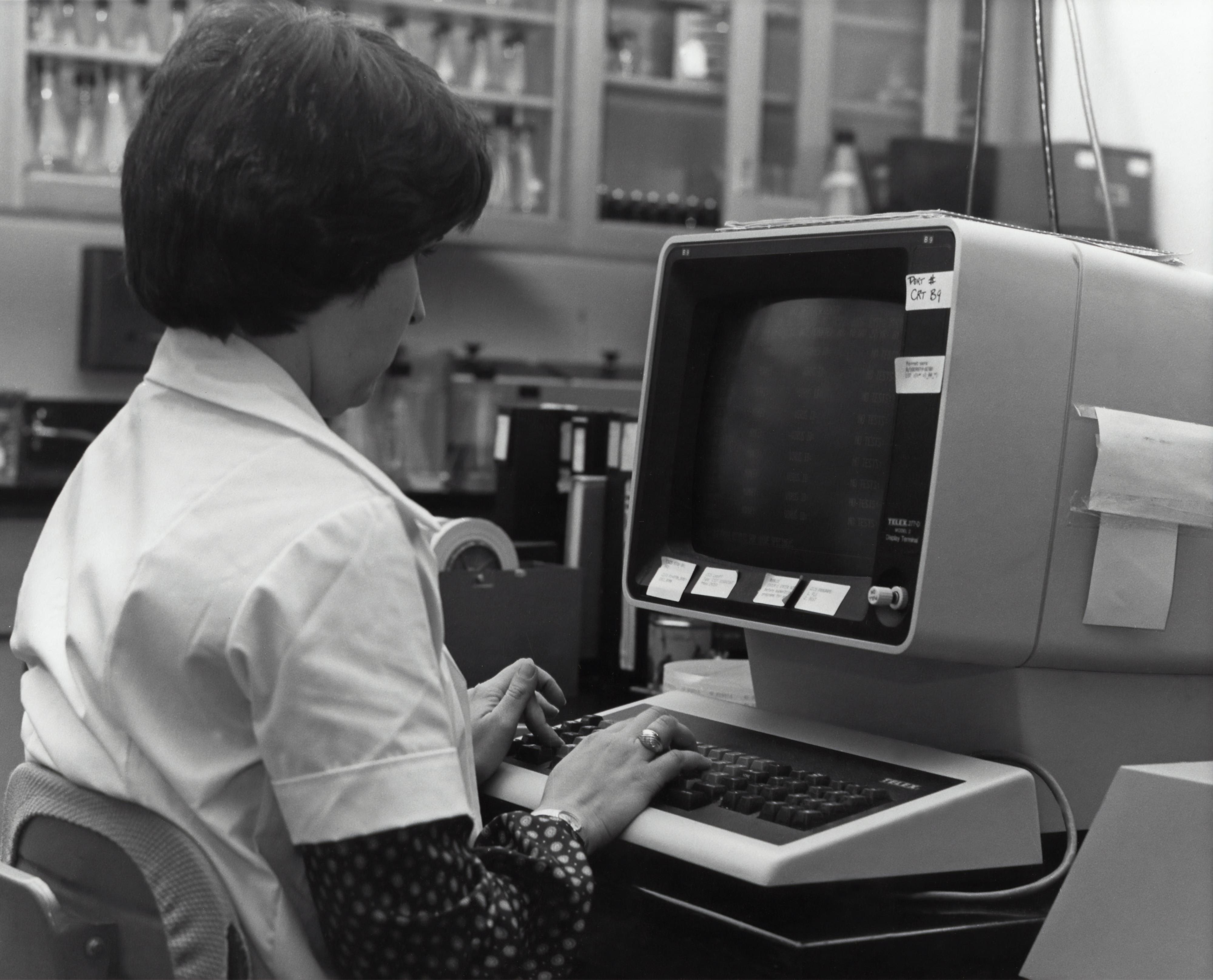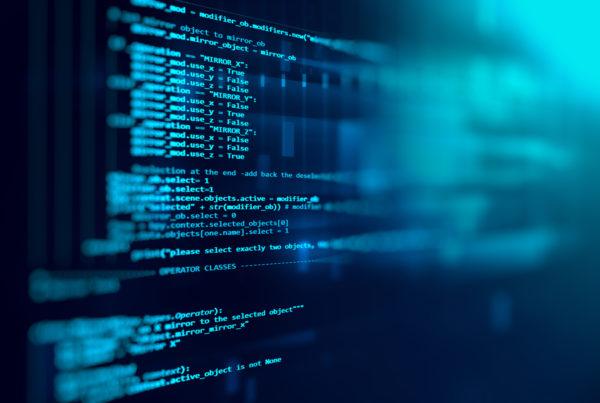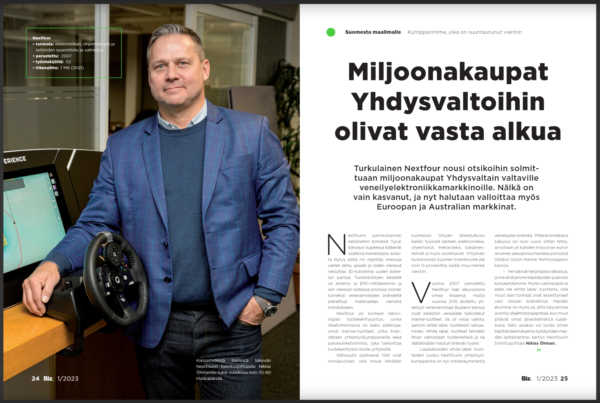Did you know, that for a long time, computer programming was a women’s field? The work was seen as an easy job, and less important than the development of hardware. Today, the 8th of March, is celebrated around the world as International Women’s Day. We wanted to use this day to highlight some of the early trailblazers in technology, who were women.
1. Ada Lovelace – “The first computer programmer”
Ada Lovelace is often referred to as the “world’s first computer programmer“. She worked together with Charles Babbage, who came up with the idea of an “Analytical Engine”, the first resembling idea to a modern computer. While Babbage never actually built his idea, Lovelace worked on the project with him and helped to take the idea further. It was her notes that Alan Turing used in 1940s to build the first modern computer.
2. Hedy Lamar and the Wi-Fi
Hedy Lamar was awarded in 1942 for her work in the “secret communication system”. This early Wi-Fi was created to set radio-guided torpedos off course in World War II. The idea was the base for inventions such as our modern Wi-Fi, and Bluetooth.
3. Grace Hopper – Queen of Software
Grace Hopper was a computer scientist who helped pioneer computer programming. She worked on UNIVAC I, the first commercial computer produced in the U.S., and created the first compiler. Hopper also invented the first English-like processing language, called FLOW-MATIC. It was used as a base for the development of the operating language COBOL.
4. Women of ENIAC
During World War II two men decided to build a machine that could carry out massive calculations on ballistic trajectories. It was called the ENIAC (Electronic Numerical Integrator and Computer). The programming of the ENIAC was done by women, who then became the world’s first coders.
The world’s first general-purpose computer failed to work one day before it was launched. These seven women had the job to make it operational:
- Betty Jean Jennings Bartik
- Kathleen McNulty
- Mauchly Antonelli
- Ruth Lichterman Teitelbaum
- Frances Bilas Spence
- Marlyn Wescoff Meltzer
- Frances Snyder Holberton
After the war, many of the women of ENIAC went on to help above mentioned Grace Hopper develop UNIVAC, the world’s first commercial computer.
5. Carol Shaw – Atari Game Developer
Carol Shaw started her work with electronics. After graduating she went on to work with Atari in the late 1970s to design video games. Shaw programmed one of the best known Atari shooting games, River Raid. It was the first game where gamers could experience an “inordinate amount of non-random, repeating terrain“, despite limited memory.
6. Gladys West
Gladys West is known as the women whose mathematical work led to the invention of the Global Positioning system (GPS). She was the one to program the IBM computer that delivered calculations for a geodetic Earth model. This would become to be known as GPS.
7. Elizabeth Feinler – Original Search Engine
Elizabeth Feinler ran the Network Information Center in 1972-1989. It was the first place to publish resources and directories for the internet. These became the original “white and yellow pages”. Feinler also worked on domain naming and her group came up with domain identifiers such as .com, .edu, .net, etc.
8. Sister Mary Kenneth Keller – First Female Computer Science PhD
Did you know that the first woman to receive a Ph.D in Computer Science was a nun? Mary Keller also studied at Dartmouth, breaking the “men-only” rule. During her studies she played a significant role in developing a computer language BASIC (Beginner’s All-Puprose Symbolic Instruction Code). Keller’s work made computer’s more accessible to a larger part of the population.
Women in Tech today
The field of technology is today dominated by men, as it has been for several decades. However, gender roles are still breaking across different fields and technology is no exception. More and more women can be seen in important technology roles, and given recognition for it.
As living with technology has become a normal for us all, the field has also gotten more representation in schools, where boys and girls can start learning the basics of tech from the same standing points.




